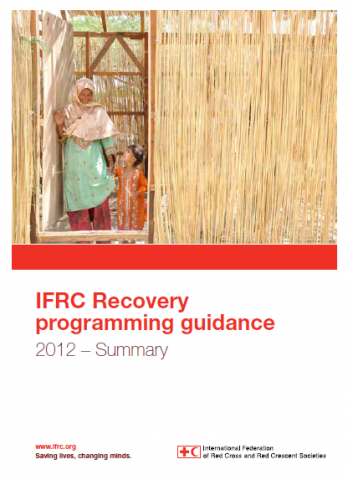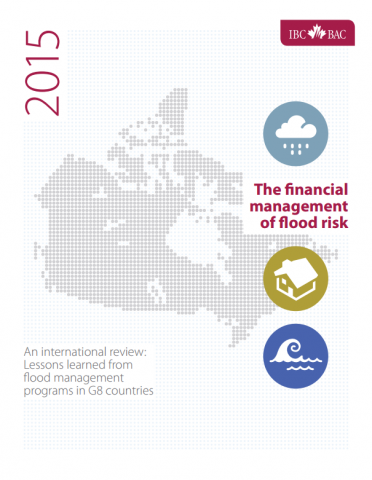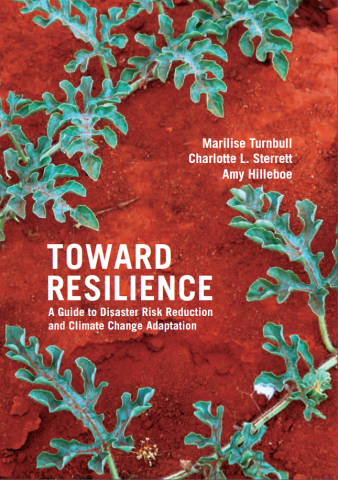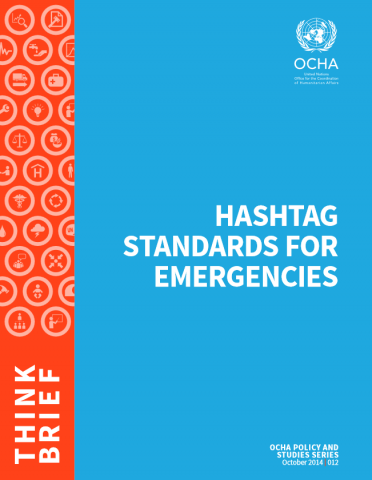IFRC Recovery programming guidance
This guidance is for those who wish to learn about recovery as it is currently understood within the International Federation of Red Cross and Red Crescent Societies (IFRC). The guidance can be used when planning: i. early recovery alongside the initial relief response ii. recovery programming at the point when communities begin to get back […]
IFRC Recovery programming guidance Read More »




